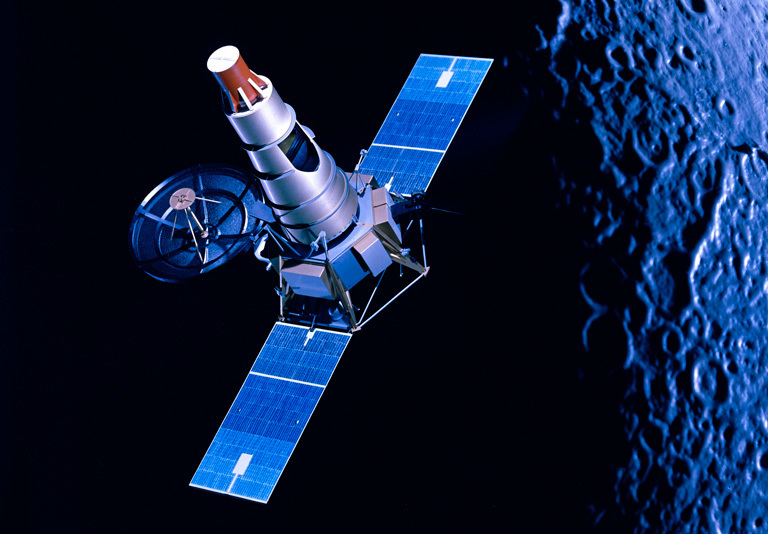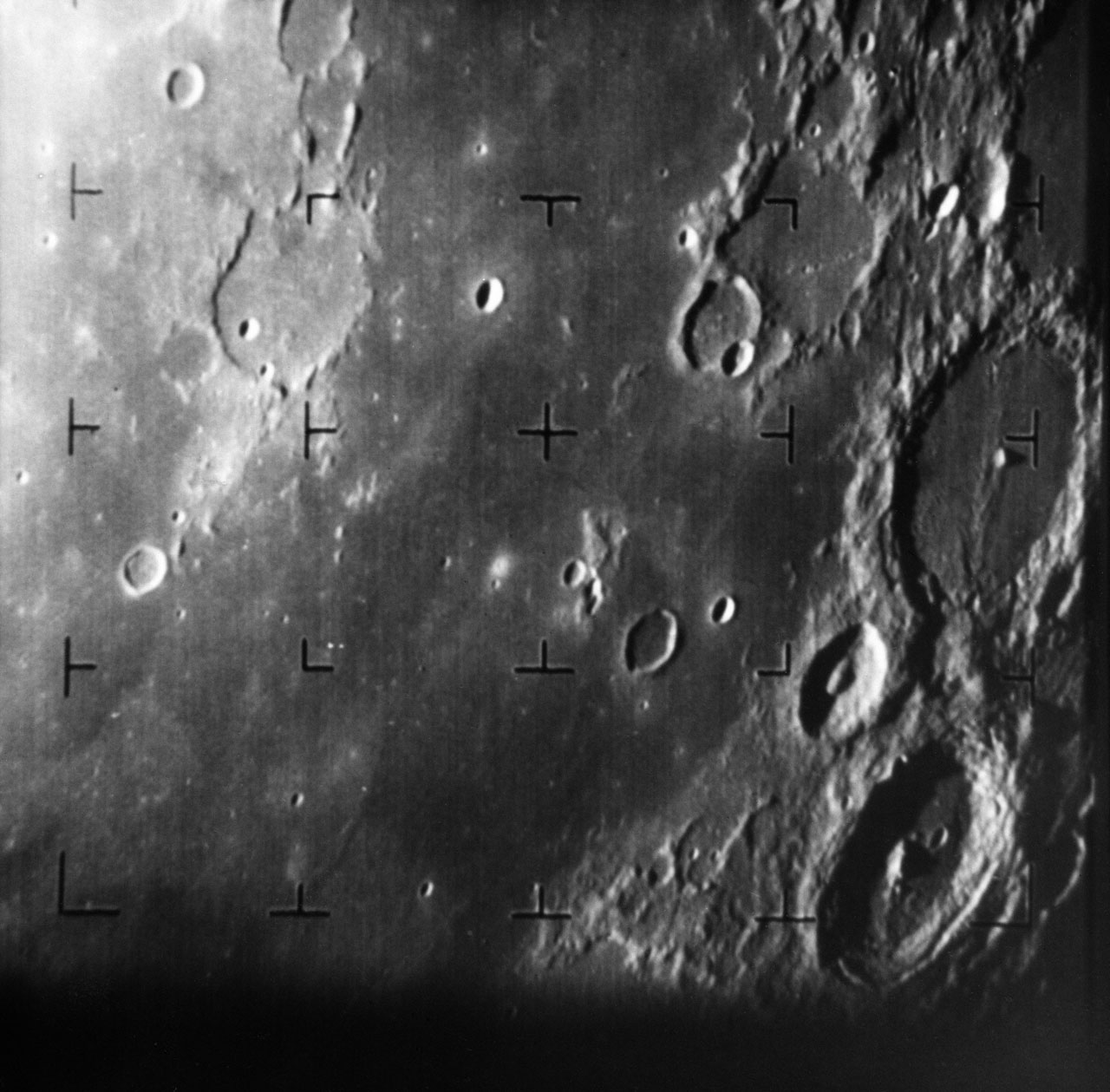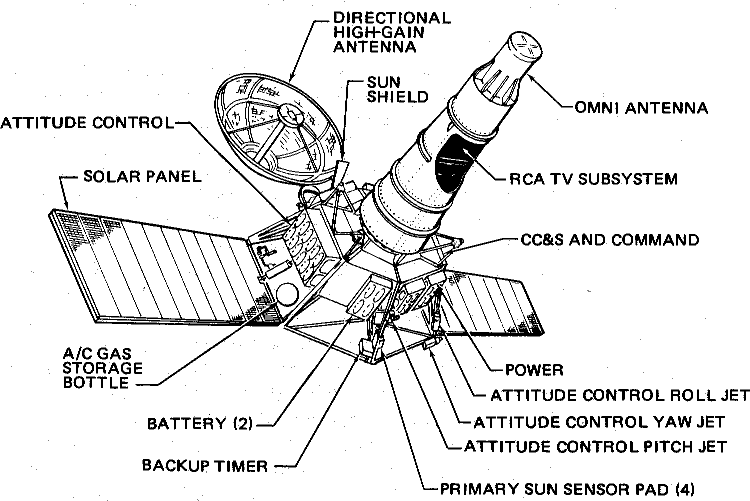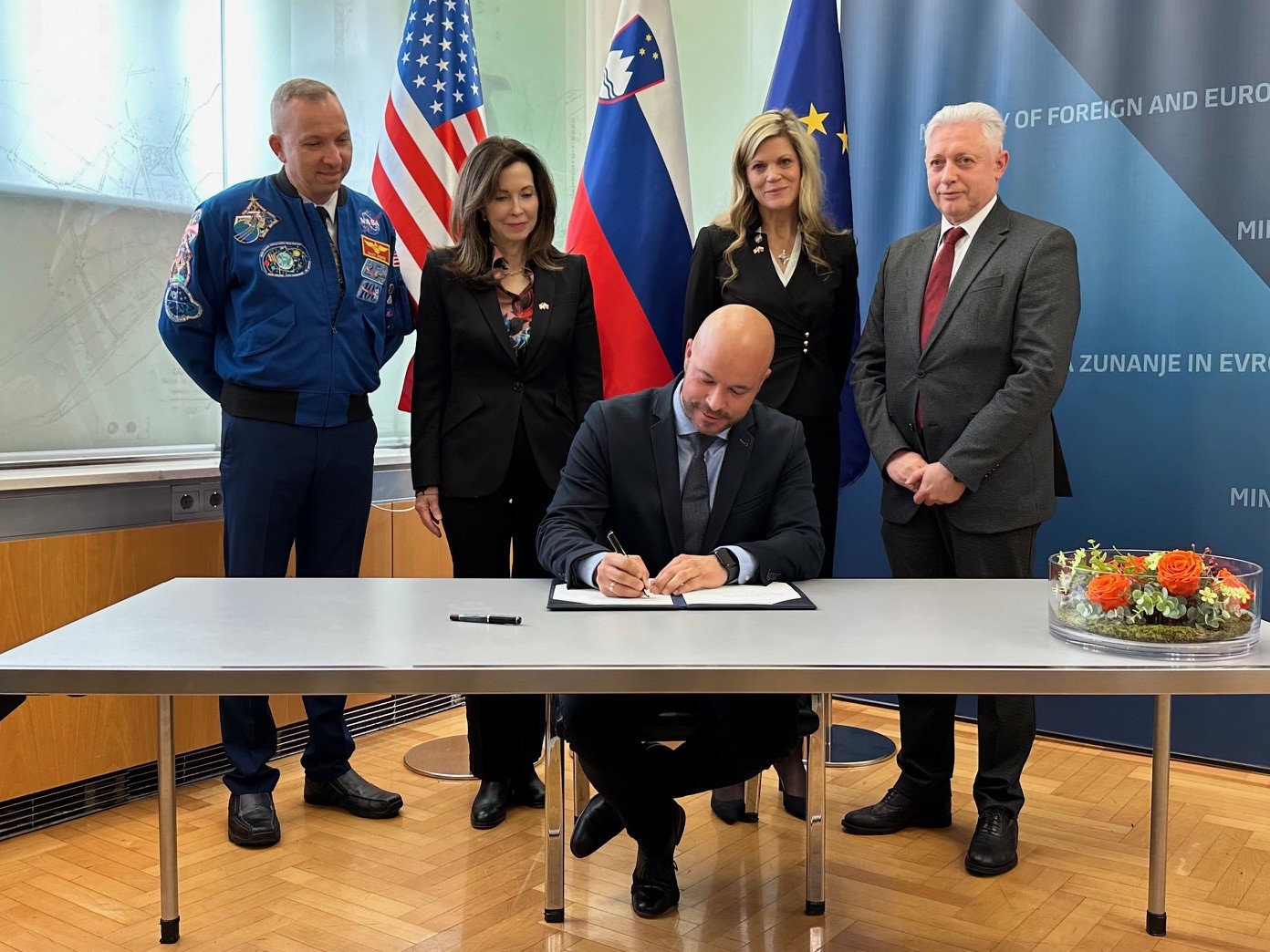Ranger 7
Type
Launch
Target
Objective
Ranger 7 was a major turning point in the race to the Moon. The seventh in a series of early U.S. lunar impact missions, it was the first success after 13 failures in a row. Ranger 7 sent back 4,316 stunning images before crashing into the Moon on the northern rim of the Sea of Clouds. The images helped identify safe Moon landing sites for Apollo astronauts.

Overview: Ranger 7
Ranger 7 was a major turning point in the race to the Moon. The seventh in a series of early U.S. lunar impact missions, it was the first success after 13 failures in a row.
Ranger 7 sent back 4,316 stunning images before crashing into the Moon on the northern rim of the Sea of Clouds. The images helped identify safe Moon landing sites for Apollo astronauts.

In Depth: Ranger 7
Ranger 7, the second of the Block 3 Ranger series, was, after 13 consecutive failures, the first unequivocal success in U.S. efforts to explore the Moon.
In some ways, it marked a major milestone in American deep space exploration as the ratio in favor of successes increased dramatically after this point.
After a nominal course correction on July 29, 1964, Ranger 7 approached the Moon precisely on target two days later. Just fifteen minutes prior to impact, the suite of TV cameras began sending back spectacular photos of the approaching surface to NASA's Jet Propulsion Lab's Goldstone antenna in California.
The last of 4,316 images was transmitted only 2.3 seconds prior to impact at 13:25:49 UT on July 31, 1964.
The impact point was at 10 degrees 38 minutes south latitude and 20 degrees 36 minutes west longitude on the northern rim of the Sea of Clouds.
Scientists on the ground were more than satisfied with the results. The image resolution was, in many cases, one thousand times better than photos taken from Earth.
Scientists concluded that an Apollo crewed landing would be possible in the mare regions of the lunar surface, given their relative smoothness.
Mission Details

Key Dates
Launch: July 28, 1964 / 16:50:07 UT
Lunar Impact: July 31, 1964
Nation: United States of America (USA)
Objectives: Lunar Impact
Spacecraft: P-54 / Ranger-B Spacecraft
Mass: 806 pounds (365.6 kilograms)
Mission Design and Management: NASA / JPL
Launch Vehicle: Atlas Agena B (Atlas Agena no. 9 / Atlas D no. 250 / Agena B no. 6009)
Launch Site: Cape Canaveral Air Force Station, Fla. / Launch Complex 12
Scientific Instruments
1. Imaging System (Six TV Cameras)
Key Source
Siddiqi, Asif A. Beyond Earth: A Chronicle of Deep Space Exploration, 1958-2016. NASA History Program Office, 2018.








